So, what does that mean? A watershed is an area of land where snowmelt and rainfall are channeled into creeks, streams, rivers, reservoirs, and lakes. A healthy watershed conserves water, supplies drinking water and water for agriculture, promotes healthy riparian (river) corridors, wetlands, and lake habitats, enables healthy soil and provides habitat for wildlife and plants. In the Wasatch, The Greatest Snow on Earth® is the primary source of all that water once the sun works its melty magic.
It can take less than 24 hours for a drop of water in the Wasatch to reach a faucet in Salt Lake City!
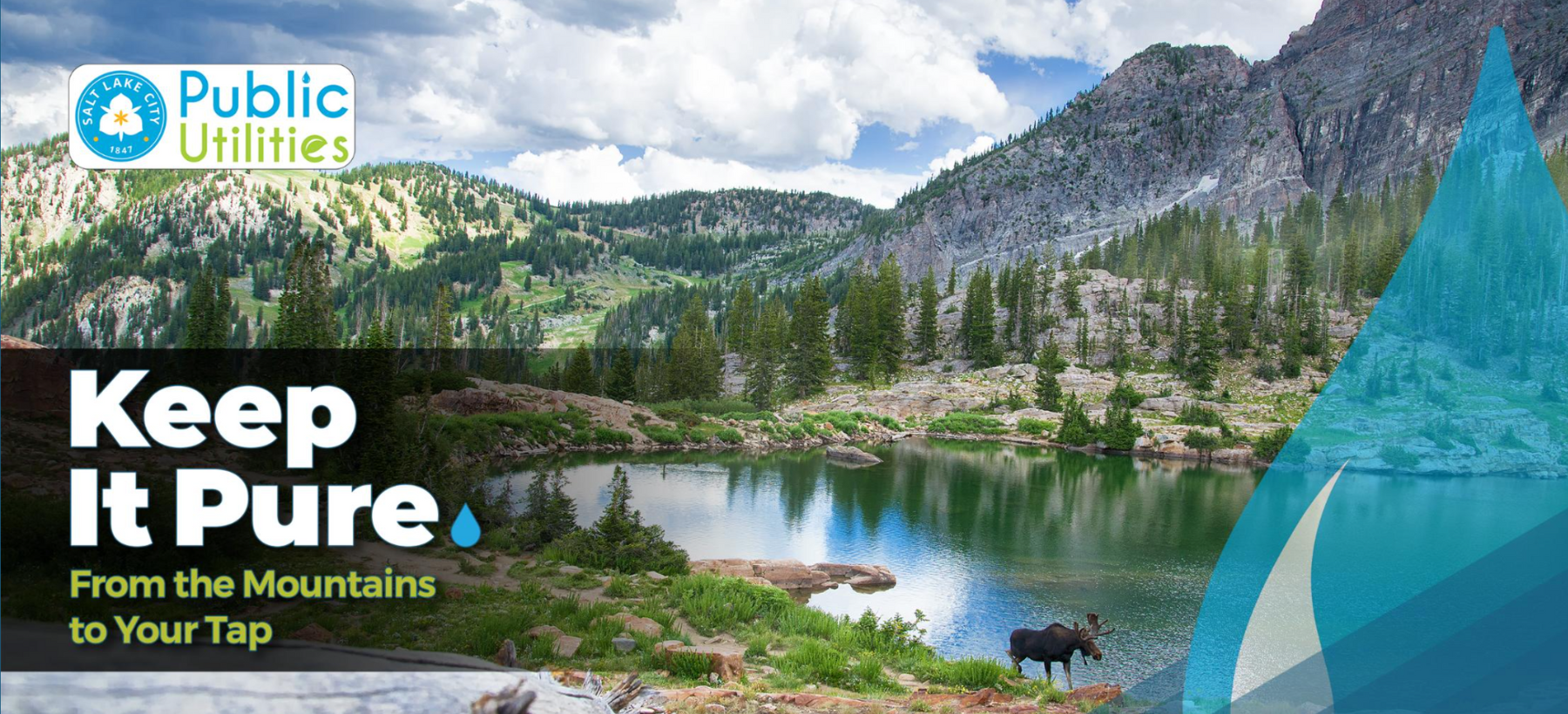
The watersheds above Salt Lake City contain some of the most scenic recreation areas around and the opportunity to get out and enjoy the mountains abounds. Because the watersheds encompass sensitive habitats and our drinking water, it’s important to educate yourself about them in order to protect them from pollutants, overuse and erosion in both the summer and winter months. The Salt Lake City Watershed Management Plan protects portions of City Creek and Parley's Creek as well as Big Cottonwood and Little Cottonwood Creeks. The quality of the water is so high because efforts to preserve and protect our watersheds have been going on for over 100 years.
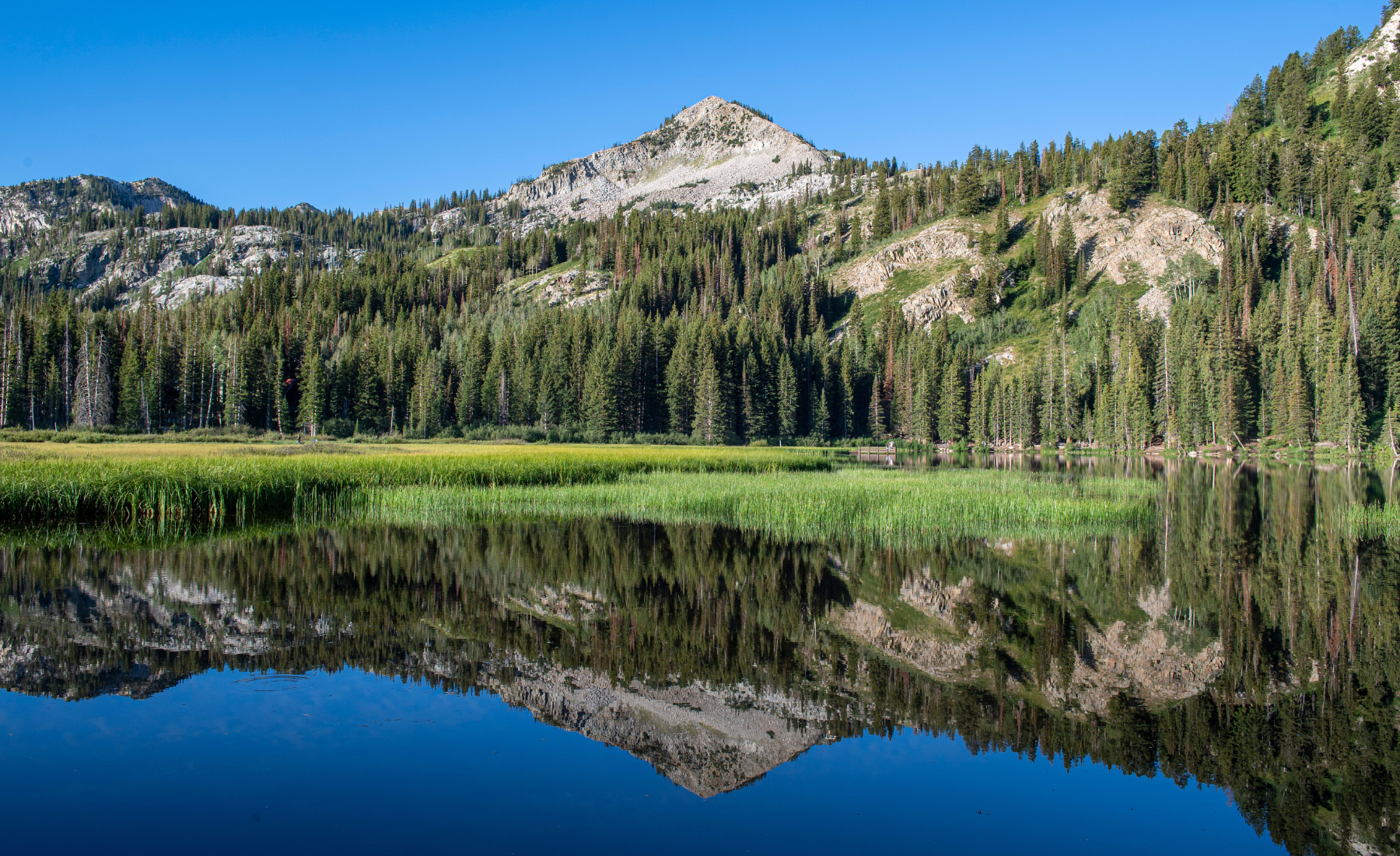
Why protect Salt Lake City’s watershed areas?
Approximately 60% of the drinking water consumed by residents of Salt Lake City comes directly from the protected watersheds. Salt Lake City is quite unique in that its population resides so close to its watershed source waters. In many cities and towns in the mountain west, water must travel tens or hundreds of miles through aqueducts and pipes to reach population centers. Visitors and residents alike should understand and respect the watershed rules to safeguard both the quality of our water and minimize negative impacts to our mountain habitats.
So, where are Salt Lake City’s watershed areas located anyway?
The areas below are watersheds as designated by Salt Lake City Public Utilities
- City Creek Canyon
- Emigration Canyon (above Burrs Fork)
- Parleys Canyon
- Dell Canyon
- Lambs Canyon
- Big Cottonwood Canyon
- Little Cottonwood Canyon
That means that many of Salt Lake’s legendary backcountry skiing and snowboarding zones, as well as four ski areas (Solitude, Brighton, Snowbird, and Alta) reside within protected watersheds. The watersheds of the Wasatch harbor incredible scenery and, as such, attract a huge number of visitors. The impact of so many people appreciating these landscapes presents a huge threat to both the quality of our drinking water and the environment. Please observe the following rules and regulations when enjoying the outdoors in the watersheds of the Wasatch.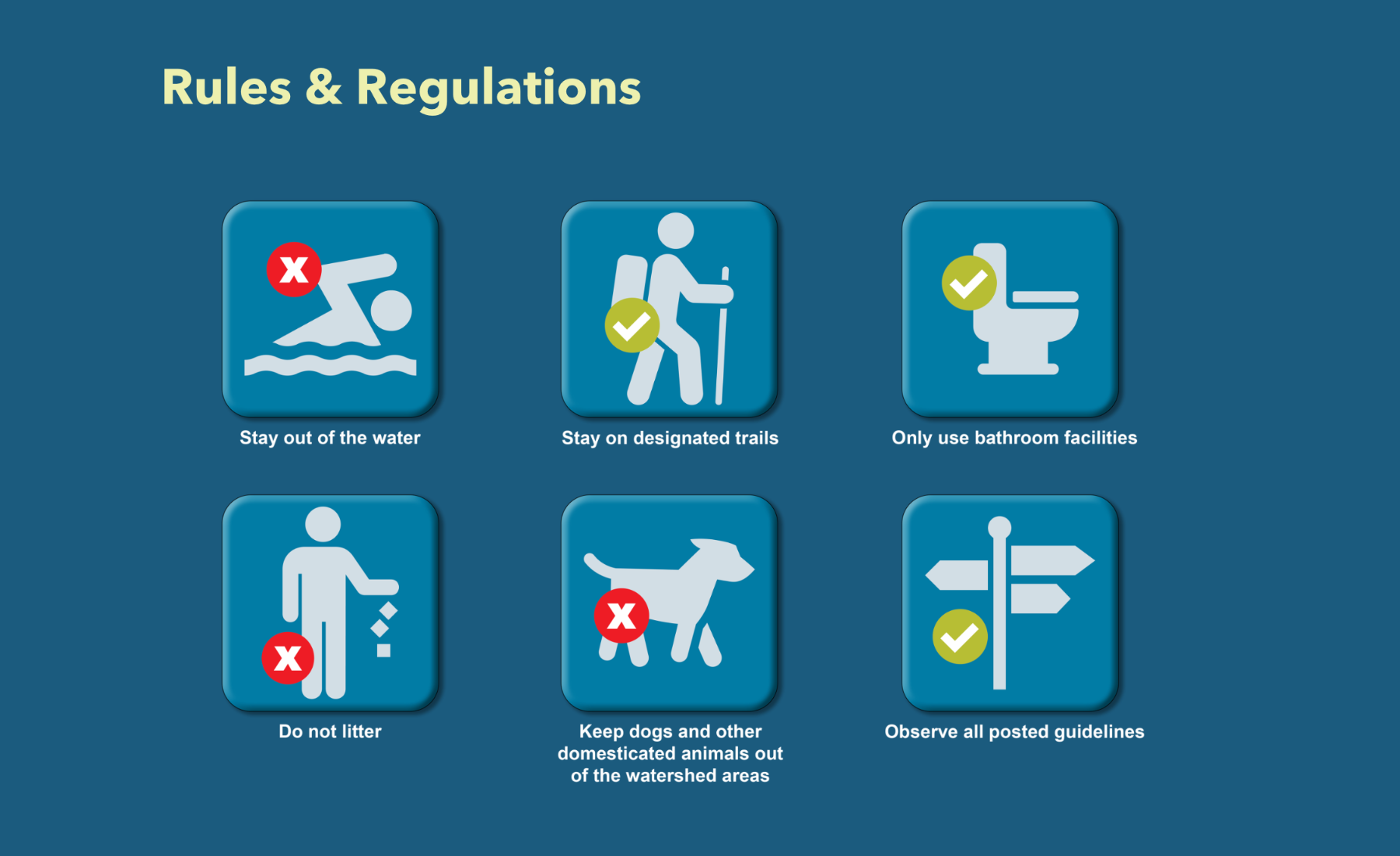
DON’T SWIM, WADE, OR SPLASH IN THE WATERSHED
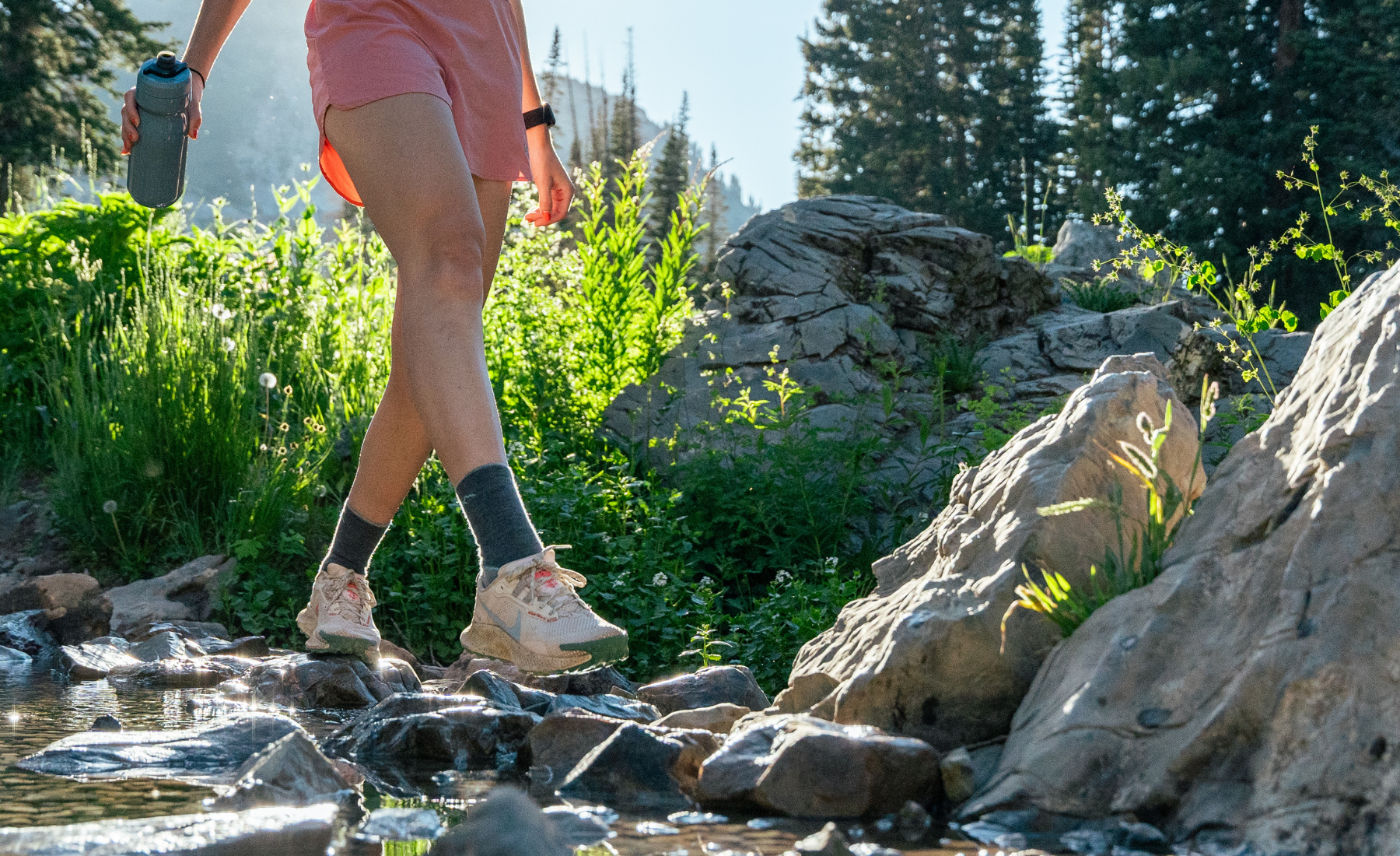
DOO-DOO DON'T
Protect our delicious water by using restrooms. Backcountry users without access to toilets or outhouses must bury their solid waste at least six feet deep and over 200 feet from any water source or trail, or better yet use a wag bag. Please do not relieve yourself near a lake or stream. It may be tempting to enjoy the view, but first consider our tap water and the sensitive organisms that call this ecosystem home! Most trailheads provide access to a pit toilet or outhouse, so be sure to take care of business before you hit the trail.
CAMPING IN THE WATERSHED
Camping is permitted in campgrounds and backcountry camping is allowed on Forest Service property in Big and Little Cottonwood Canyons (unless otherwise posted). Backcountry campers must camp at least ½ mile from any road and over 200 feet from any water source or trail. Backcountry camping is not permitted in City Creek, Emigration, Parley’s Canyon, Lambs and Dell Canyons. See our post about family camping for more tips.
LEAVE NO TRACE
With so many people visiting the Wasatch watershed areas, practice Leave No Trace principles when heading for the hills. If you pack it in, pack it out; never leave trash in or around the watershed and never pick wildflowers or remove plants. Please resist the urge to roll around in the beautiful flowers for the perfect Instagram pic. These are critical food sources for pollinators and ruining a bed of wildflowers for one picture isn’t kind to the visitors who arrive after you or the critters who depend on wildflowers to live. Cutting switchbacks in trails and trampling sensitive alpine vegetation greatly contributes to erosion and can add sediment to the water near riverbanks and shorelines.
CAMPFIRES IN THE WATERSHED
Utah is often plagued by drought and careless humans are the chief cause of brush and forest fires. Know that campfires are permitted in developed campgrounds with fire rings when burn bans are not in effect. Backcountry fires are permitted on Forest Service property in Big and Little Cottonwood Canyons (unless posted) and must be ½ mile from any road and at least 200 feet away from any water source or trail. To minimize impact and the construction of fire rings, it is recommended to use backpacking stoves instead of campfires. Backcountry fires are not permitted in City Creek, Emigration, Parleys, Lambs and Dell Canyons. If current conditions are dry, seasonal restrictions on fire use may be in place. Always know before you go and never use or deploy fireworks in the watershed or foothills; it simply isn't worth the risk.
DOGS AND PACK ANIMALS AND THE WATERSHED
Domestic animals, including dogs, horses and pack animals, are not permitted in protected watersheds. This is because their waste can end up directly in your drinking water (Search & Rescue Avalanche dogs and permitted service dogs are exempt - check local regulations). Dog waste contains bacteria and parasites that can make drinking water unsafe. The cleaner the source water is when it reaches treatment facilities, the lesser potential for these harmful organisms to contaminate your drinking water. As it decays, pet waste can compromise wildlife habitat and harm the ecological health of the organisms living in mountain lakes and streams. Do it for the fishes! More on hiking with dogs here.
WHERE ARE DOGS ALLOWED IN THE WASATCH?
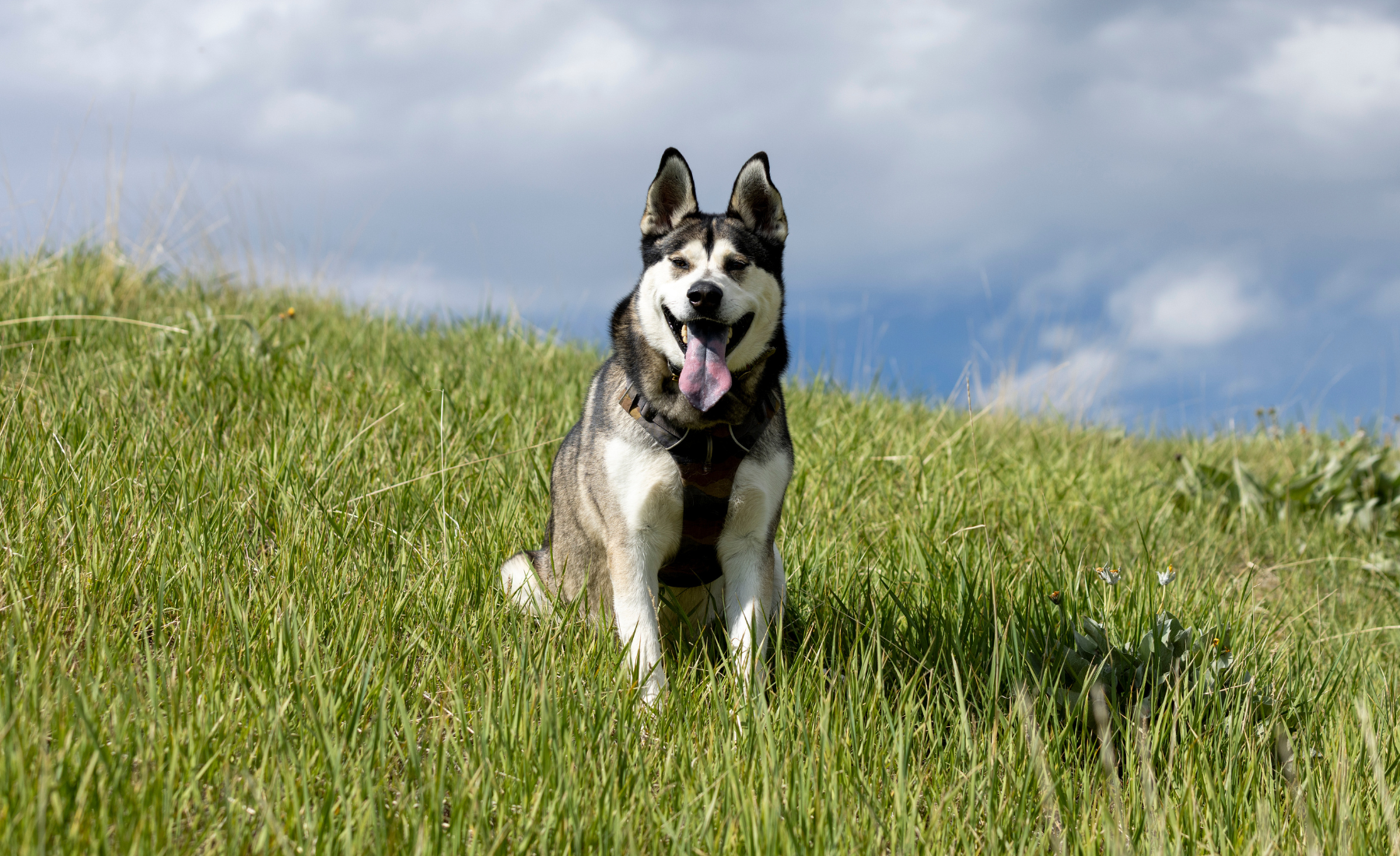
It can be frustrating to leave the pooch behind when you visit our beautiful watersheds, but there are plenty of places to recreate with your four-legged friend(s). For a few mountain bike trails to tackle with your pooch -- Click Here. As always, please clean up after your dog to keep the trails safe and beautiful for everyone. Please don't leave any poop bags behind, it creates a smelly and unsavory experience for other trail users! If your dog packed it in and pooped it out, it's YOUR responsibility to pack it out and not leave it on the trail where other users might encounter it or step on it.
- Bonneville Shoreline Trail
- Millcreek Canyon (restrictions apply: click here)
- Emigration Canyon
- Jordan River Parkway
- Neffs Canyon
- City Creek Canyon (below water treatment plant)
- East Canyon
- Mt. Olympus Trail
- Ferguson Canyon Trail
- Tanner Park
- Most trails in the Park City area
OFF-ROAD TRAVEL
Off-road and cross-country travel by motorized vehicles is prohibited on trails that are not specifically designated for this use.
Observing these few simple rules will ensure the people of Salt Lake have safe and high-quality drinking water and you can avoid costly fines or tickets. First-time offenders will be charged a $650 fine and a second-time offender will receive a Class A misdemeanor, which can include up to a year in jail. It doesn't take much to shred the shed, so please be respectful and cognizant of the rules. Take the time to educate yourself, your friends and your family to enjoy the Wasatch. Let's preserve its beauty and integrity for all.

















